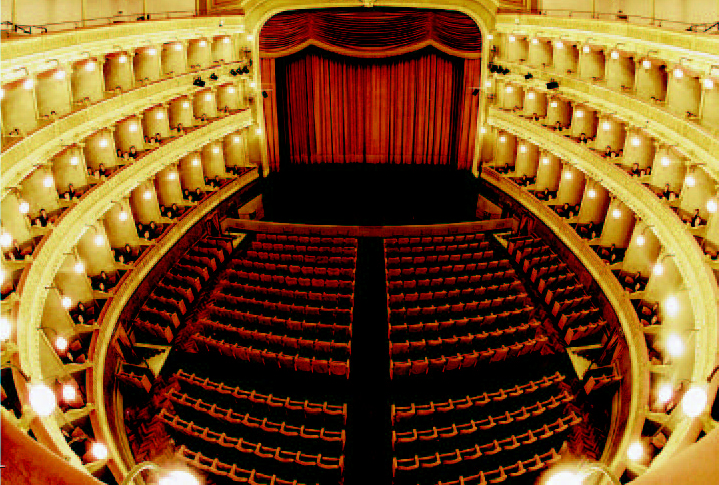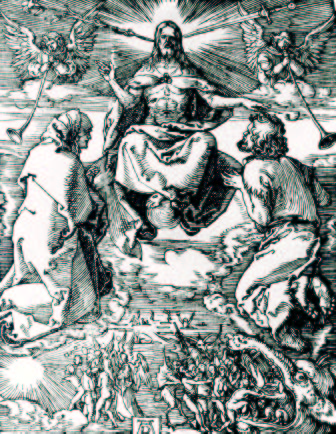

teatro coccia Paolo Cubadda |
 |
Novara
anche per questa terza edizione di Gemine Muse sceglie il Teatro come
luogo privilegiato di espressione artistica, trasferendo dai Musei Civici
un’opera mai esposta al pubblico che proviene dalla collezione di
pregevoli stampe dei secc. XVI–XVII che Gaudenzio De Pagave lasciò
alla città con volontà testamentaria espressa dopo la sua
morte avvenuta nel 1833. |
Also for this third issue of Gemine Muse, Novara has chosen the Theater
as a privileged place of artistic expression and transferred from the
Civic Museum a work which was never exposed to the public before, part
of the collection of the valuable prints of the 16th and 17th centuries
which Gaudenzio De Pagave left to the town by his will and testament after
his death in 1833. Maria Silvia Scagliotti Turri |
|
TEATRO
COCCIA Via Rosselli 47 28100 Novara, Italy tel. +39 0321 620400 |
 |
Albrecht
Dürer, Il Giudizio universale, 1510 |
La stampa fu eseguita dal tedesco Albrecht Dürer (1471-1528) col metodo della xilografia. Il disegno su tavola lignea dalla quale l’artista asportò tutte le parti che non dovevano essere colorate, fu stampato su carta tramite pressatura del foglio sulla matrice inchiostrata. Della stessa serie della Passione di Cristo (1508-1511). Impostato secondo una prospettiva rigorosamente frontale e una composizione piramidale di tipo gerarchico, tratta il tema del giudizio finale e della divisione tra eletti e dannati con uno stile alchemico, sospeso tra classicità e premonizioni immaginifiche.
The print was carried out by the German Albrecht Dürer (1471-1528)
with the xylography method. The drawing on wooden board, from which the
artist removed all the parts which did not have to be coloured, was printed
on paper by pressing the sheet on the inked matrix. It belongs to the
same series as the Passion of Christ (1508-1511). Maria Silvia Scagliotti Turri |
| Paolo
Cubadda Nato a / Born in Novara, 1971 Vive e lavora a / He lives and works in Novara cubadda@interfree.it |
La
notte più buia, 2004 |
L’iconografia
che tratta il tema della tentazione di Cristo nel deserto trae spunto
dall’eterno dualismo tra bene e male proposto ne Il Giudizio
universale di Dürer.
The iconography which deals with the theme of Jesus
Christ’s temptation in the desert is inspired Maria Silvia Scagliotti Turri |
|